Subvenciones relacionadas:
General
El objetivo general de este proyecto es determinar y estudiar las variaciones espaciales y espectrales en la temperatura del Fondo Cósmico de Microondas y en su Polarización en un amplio rango de escalas angulares que van desde pocos minutos de arco hasta varios grados. Las fluctuaciones primordiales en la densidad de materia, que dieron origen a las estructuras en la distribución de materia del Universo actual, debieron dejar una huella impresa en el Fondo de Microondas en forma de irregularidades en la distribución espacial de su temperatura. Experimentos pioneros como COBE (galardonados dos de sus investigadores principales con el Premio Nobel de Física en 2006) o Tenerife demostraron que el nivel de anisotropía en escalas angulares de varios grados está en torno a una parte en cien mil. La obtención de mapas del Fondo de Microondas en varias frecuencias y con sensibilidad suficiente para detectar estructuras a estos niveles es fundamental para obtener información sobre el espectro de potencias de las fluctuaciones primordiales en densidad, la existencia de un periodo inflacionario en el Universo muy temprano y la naturaleza de la materia y energía oscura. Más recientemente el satélite WMAP ha obtenido mapas del Fondo Cósmico de Microondas que han permitido establecer cotas sobre múltiples parámetros cosmológicos con precisiones mejores que el 10%.
El Proyecto concentra sus esfuerzos en realizar medidas a más alta resolución espacial y sensibilidad que las obtenidas por este satélite. En el pasado se utilizaron con este fin experimentos como Tenerife, el IAC-Bartol o el interferómetro JBO-IAC, todos ellos desde el Observatorio del Teide. Más recientemente, el experimento interferométrico Very Small Array a 33 GHz fue operativo entre 1999 y 2008. Durante este tiempo también realizó observaciones desde el observatorio del Teide el experimento COSMOSOMAS, cuyo objetivo era, además de la medida de las anisotropías del CMB, la caracterización de los contaminantes galácticos.
En los últimos 10 la actividad de este proyecto se ha centrado en la explotación científica de los datos del satélite Planck, y en la construcción, la operación y la explotación científica de los datos del experimento QUIJOTE. En la actualidad, una vez el proyecto Planck ha finalizado, la actividad se centra en la explotación científica de QUIJOTE, en el desarrollo y construcción de nueva instrumentación para el proyecto QUIJOTE, y en el desarrollo de nuevos experimentos que están siendo o que serán próximamente instalados en el Observatorio del Teide: GroundBIRD, LSPE-STRIP y TMS.
Miembros
Resultados
- 6-7 de junio: XV reunión científica del Consorcio QUIJOTE (IFCA, Santander)
- Julio: publicación de los resultados (12 artículos) y de los datos finales del satélite Planck.
- 15-19 de octubre: Congreso "CMB foregrounds for B-mode studies", dentro del proyecto Radioforegrounds, IV AME workshop, y XVI reunión científica del Consorcio QUIJOTE (todos estos eventos celebrados en el IAC).
- Octubre: instalación el observatorio del Teide de la cúpula de GroundBIRD.
- Diciembre: aceptación del tercer artículo científico de QUIJOTE (Poidevin et al. 2019)
Actividad científica
Publicaciones relacionadas
No se han encontrado publicaciones relacionadas.Charlas relacionadas
No se han encontrado charlas relacionadas.Congresos relacionados
-
XIX Canary Islands Winter School of Astrophysics "The Cosmic Microwave | Background: from quantum fluctuations to the present Universe"Tenerife, Canary IslandsEspañaFecha-Anteriores
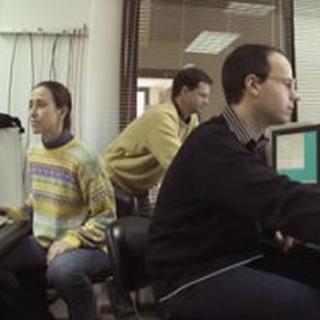
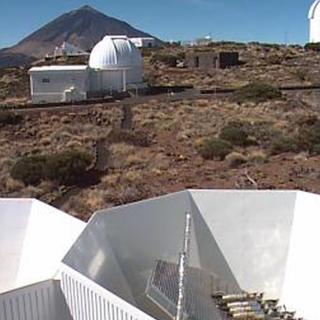
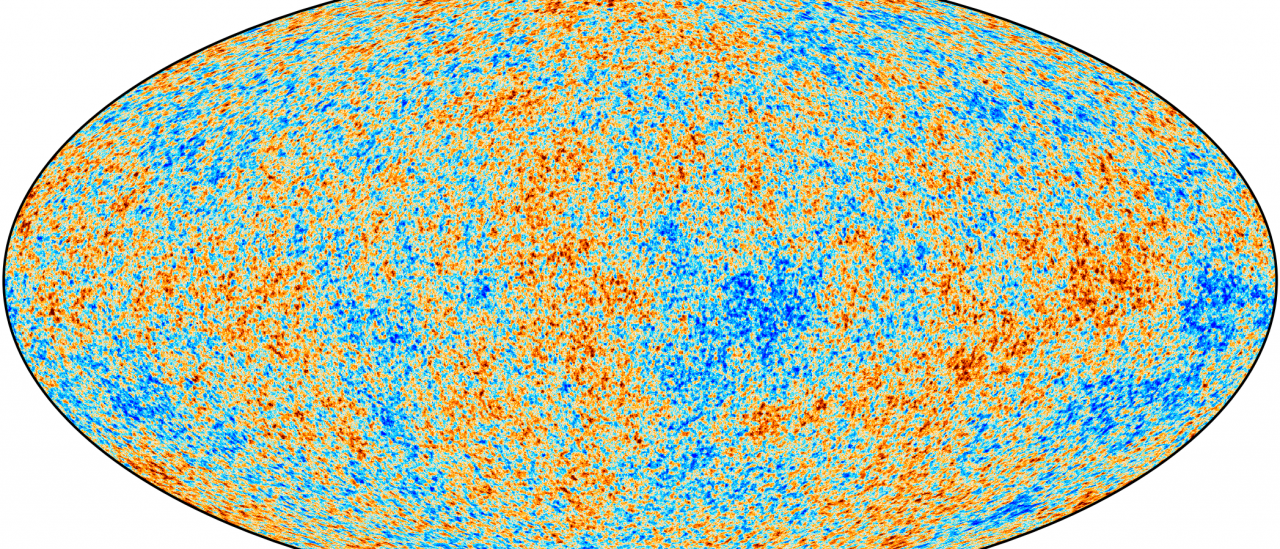
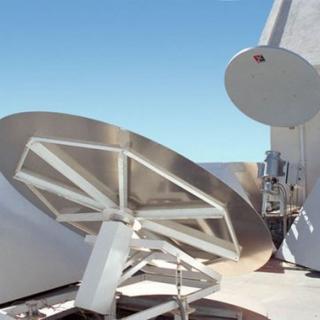
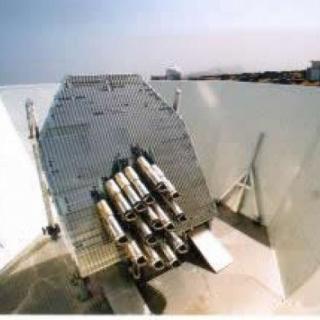

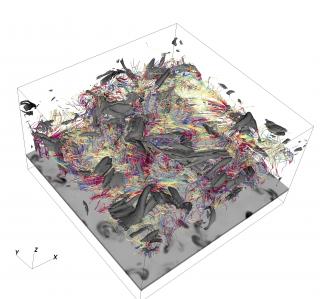
![Teacup en [O III] y CO(2-1) Los agujeros negros supermasivos modifican la distribución de gas molecular en la región central de las galaxias. Crédito: HST y C. Ramos Almeida.](/sites/default/files/styles/crop_square_2_2_to_320px/public/images/project/teacup_english.001.jpeg?itok=dF4bDw-q)